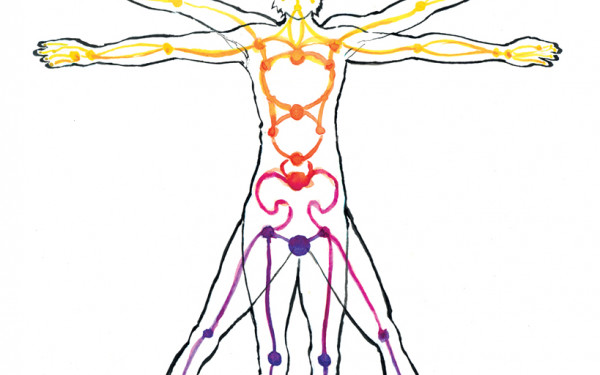Two 4 One at Image+Nation
Maureen Bradley’s first feature film tells the story of a female-to-male transgender person who accidentally gets pregnant while trying to help his ex-girlfriend get pregnant through artificial insemination.
Bradley first read about trans men six years ago when she and her partner and were trying to get pregnant. She read an anecdote in a book written by a midwife about a trans man who accidentally got pregnant many years ago. She had also heard about trans persons getting pregnant intentionally, such as Thomas Beatie who bore three children.
“Becoming accidentally pregnant when the goal of your life is to become a man is just such a great story,” Bradley said, mentioning that nobody wants to watch movies about people having a great life when it does not reflect everyone’s reality.
A study in the American medical journal Obstetrics and Gynecology on a sample of 41 transgender people showed that more trans men were getting pregnant in the last decade than ever before.
“[The film] touches a lot on the whole queer baby boom with intentional families and artificial insemination,” she said.
Bradley never dreamt she would be making a feature-length film; her experiences beforehand were mostly in creating short films.
“It was like a roller coaster ride, it was absolutely terrifying sometimes,” she said, comparing directing a feature to running a marathon.
It took her about two years to get the story off the ground. She was amazed the actors and crew dedicated themselves to the project for the love of cinema and not money.
Her first film, which screened at Image+Nation in 1990, was the documentary We’re Here, We’re Queer, We’re Fabulous.
The documentary was inspired by events in Montreal in July 1989, when the police beat up and arrested LGBT protesters during a sit-in and “kiss-in.” It was the first time Bradley made anything other than short films.
“The impetus for me was getting our lives on screen, telling our stories our own way and not being demonized by Hollywood,” she said.
She mentions the examples of cross-dresser or transgender serial killers from the movies Silence of the Lambs and Dressed to Kill, which had a huge impact on how the general public perceived transgender people for decades. One of her goals was to play with that stereotype.
“It’s not about creating positive images of queer people, it’s about really asking some interesting questions,” she added. The movement of queer festivals in the early ’90s was amazing to her, as no popularized venue for viewing LGBT cinema had been created yet.
It was important for her to make a film with humour. Bradley hopes viewers leave the room with a sense of catharsis.
Boop »

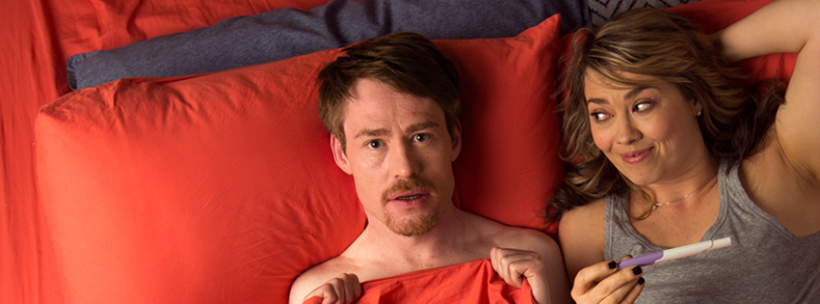
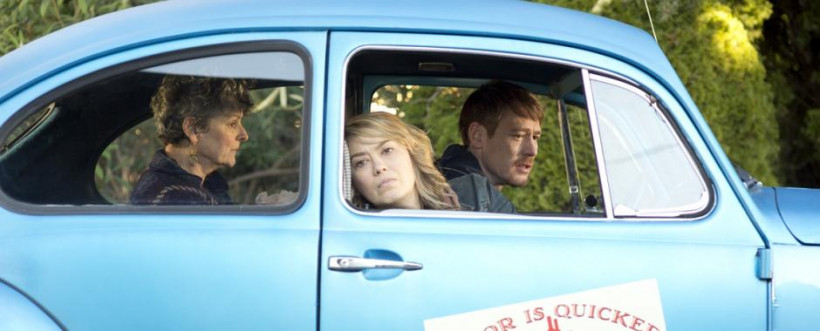
_600_832_s.png)

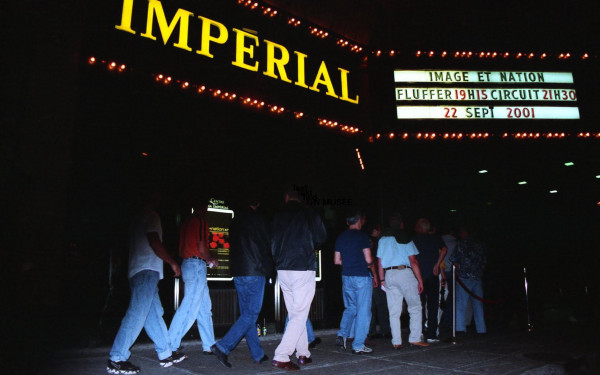
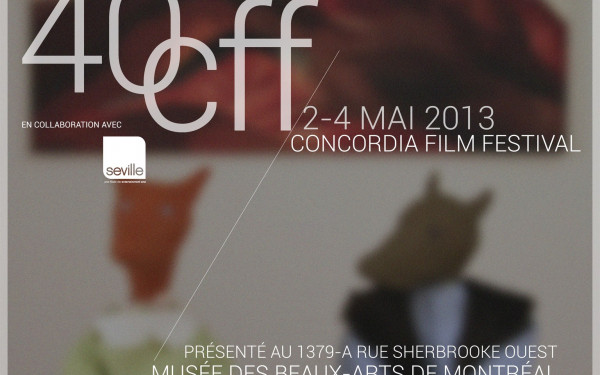
2_600_375_90_s_c1.jpg)
